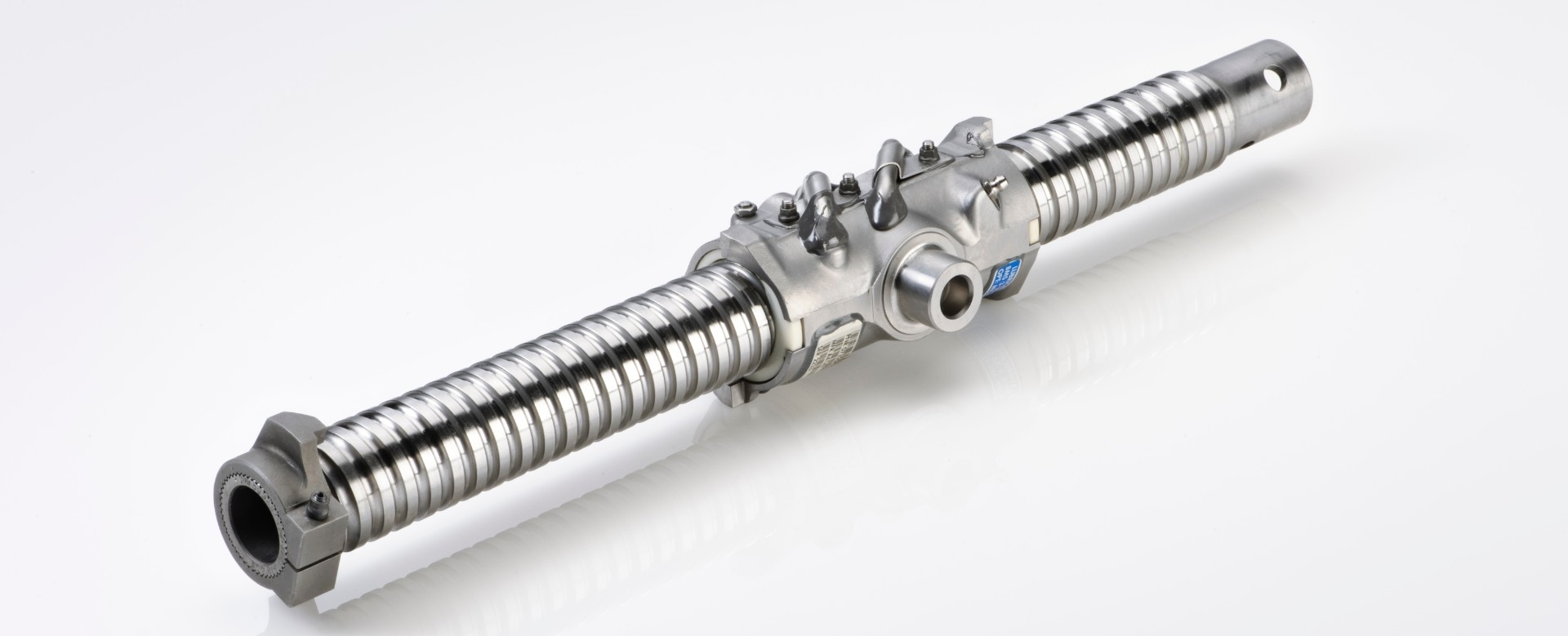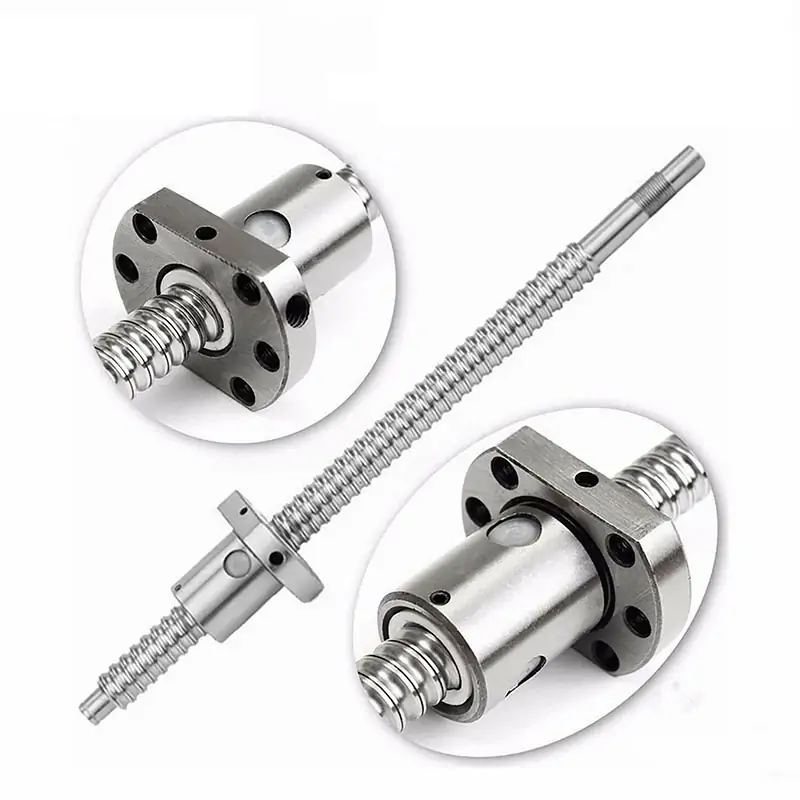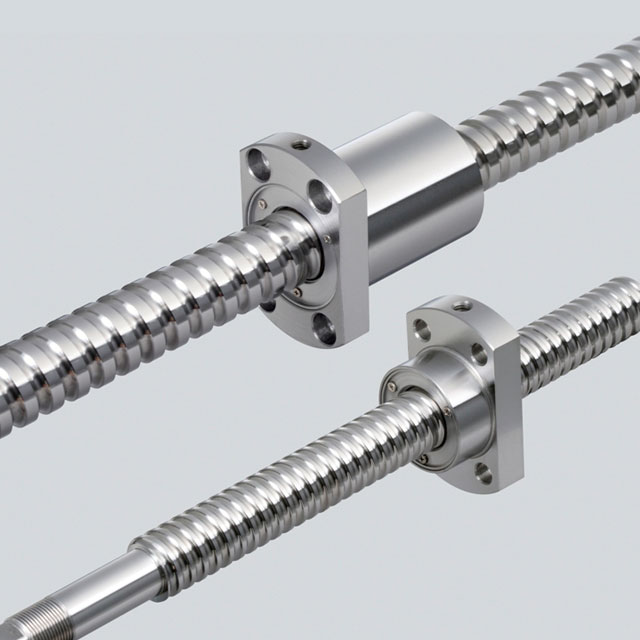Product Description
Pink Frosted Roll on Bottles Glass Roller Ball for Essential Oils Refillable Massage Roller Bottles
Madison Inc., providing with high quality products and service, has been a dominant manufacturer in the cosmetic industry since 1976. We are dedicated to bringing the delicate packaging to the market at the affordable price. Our main market focuses on fragrance, skin care, hair care, home fragrance, bath& body, and color cosmetics.
Madison Inc., produces a wide variety of cosmetic packaging, including atomizers, sprayers, perfume bottles, and so on. In addition, we combine exquisite and innovative designs with our products to make it practical and multifunctional to lead the trend through the advanced technology and the quality control system. Our goal is to be the best packaging company that creates the excellent packaging to match suitable cosmetics to meet customers’ needs—– glamour and enjoyment, visually.
Madison Inc., treasures the quality of products, the need of customers and the efficiency of our manufacturing capacity. With 40-year experience, we confidently offer professional knowledge and efficient service to reach your demand. And most importantly, we are always ready and looking CHINAMFG to serving you.
Safety/Quality Approvals:
/* January 22, 2571 19:08:37 */!function(){function s(e,r){var a,o={};try{e&&e.split(“,”).forEach(function(e,t){e&&(a=e.match(/(.*?):(.*)$/))&&1
| Material: | Glass |
|---|---|
| Usage: | Personal Care Product, Roll on |
| Sealing Type: | Screw Cap |
| Shape: | Round Bottle |
| Sales Method: | Export, Manufacture, Wholesale, OEM/ODM, Service |
| After Packing Weight: | 12kg |
| Samples: |
US$ 1.0/Piece
1 Piece(Min.Order) | |
|---|
| Customization: |
Available
|
|
|---|

How do you determine when a screw ball needs to be replaced?
Determining when a screw ball, also known as a ball screw, needs to be replaced requires careful assessment of its condition and performance. Several factors should be considered to determine if replacement is necessary. Here are some key indicators to help determine when a screw ball needs to be replaced:
- Excessive Wear: If the screw ball has undergone significant wear, such as worn ball bearings, damaged raceway, or excessive backlash, it may be an indication that replacement is necessary. Visual inspection and measurements of critical dimensions can help assess the extent of wear and determine if it has reached a point where replacement is warranted.
- Reduced Performance: A noticeable decline in the performance of the screw ball assembly, such as decreased positioning accuracy, repeatability, or load-carrying capacity, can indicate the need for replacement. If the system is no longer meeting the required specifications or is unable to perform its intended function reliably, replacement should be considered.
- Severe Damage: If the screw ball has suffered severe damage, such as fractures, deformations, or extensive pitting and corrosion, it is likely beyond repair and should be replaced. Severe damage can compromise the structural integrity and functionality of the assembly, leading to safety risks and unreliable operation.
- Frequent Failures: If the screw ball assembly is experiencing frequent failures or breakdowns, even after repairs or maintenance efforts, it may indicate that the wear and tear have reached a critical point. Frequent failures can result in costly downtime, reduced productivity, and increased maintenance costs. In such cases, replacing the screw ball assembly can be a more cost-effective solution in the long run.
- Unrepairable Issues: Certain issues with the screw ball assembly may be unrepairable or uneconomical to fix. For example, if the assembly has been subjected to severe contamination or exposure to corrosive substances that have caused irreversible damage, replacement may be the only viable option. Similarly, if critical components or specialized parts are no longer available or obsolete, replacement may be necessary.
- Manufacturer’s Recommendations: It is important to consult the manufacturer’s recommendations and guidelines regarding the expected lifespan and replacement intervals for the specific screw ball product. Manufacturers often provide guidelines on the maximum allowable wear, recommended maintenance practices, and replacement criteria. Adhering to these recommendations can help ensure safe and reliable operation.
It is crucial to thoroughly assess the condition of the screw ball assembly and consider the impact of its performance on the overall system. Regular inspection, maintenance, and monitoring can help identify signs of wear, damage, or decline in performance. If any of the above indicators are present, consulting with experts or the manufacturer can provide valuable insights and guidance on whether replacement is necessary.
When replacing a screw ball, it is important to select a suitable replacement that meets the application requirements, including load capacity, accuracy, speed, and environmental considerations. Proper installation, lubrication, and maintenance of the new screw ball assembly are also essential to ensure optimal performance and longevity.

How do screw balls differ in design from traditional screws?
Screw balls, also known as ball screws, differ in design from traditional screws in several key aspects. While both serve the purpose of converting rotational motion into linear motion, screw balls are specifically engineered to provide higher efficiency, precision, and load-carrying capacity. Here are the main design differences between screw balls and traditional screws:
- Thread Configuration: Traditional screws typically feature a continuous helical thread that extends along the entire length of the screw. In contrast, screw balls have a specialized thread configuration that combines helical threads with a groove or raceway along the screw shaft. This raceway contains a series of recirculating ball bearings, which act as rolling elements between the screw shaft and the ball nut.
- Ball Bearings: The presence of ball bearings is a fundamental distinction between screw balls and traditional screws. Ball bearings in screw balls enable smooth rolling motion between the screw shaft and the ball nut, reducing friction and improving efficiency. The ball bearings also distribute the load evenly along the length of the screw, allowing for higher load-carrying capabilities compared to traditional screws.
- Accuracy and Precision: Screw balls are designed to provide high levels of accuracy and precision in linear motion applications. The presence of ball bearings minimizes axial play and backlash, resulting in improved positional accuracy and repeatability. Traditional screws, on the other hand, may have more play and can introduce greater variability in motion due to the sliding friction between the screw threads and nut.
- Efficiency: Screw balls are engineered for high efficiency in converting rotational motion into linear motion. The rolling contact between the ball bearings and the raceway reduces frictional losses, resulting in improved power transmission and energy efficiency. Traditional screws, with their sliding contact between the screw threads and nut, tend to have higher frictional losses, leading to lower overall efficiency.
- Load-Carrying Capacity: Screw balls are designed to handle higher loads compared to traditional screws. The presence of ball bearings distributes the load evenly along the screw shaft, reducing localized stress concentrations. This allows for increased load-carrying capacity and improved rigidity, making screw balls suitable for applications requiring higher thrust or axial load capabilities.
- Backlash and Reversibility: Screw balls exhibit lower backlash compared to traditional screws. Backlash refers to the amount of free motion or play between the screw and the nut when changing direction. The presence of ball bearings in screw balls minimizes the backlash, enhancing system responsiveness and accuracy. Traditional screws may have more noticeable backlash due to the sliding contact between the screw threads and nut.
These design differences make screw balls well-suited for applications that demand high precision, efficiency, and load-carrying capabilities in linear motion systems. They are commonly used in various industries, including robotics, CNC machinery, aerospace, and automotive, where accurate and reliable linear motion is essential.
When selecting between screw balls and traditional screws for a specific application, it is crucial to consider the design requirements, load capacity, accuracy needs, and environmental conditions. Consulting the manufacturer’s documentation, technical specifications, or seeking professional advice can help in choosing the most appropriate solution for a given application.

What are the differences between a screw ball and a regular ball bearing?
A screw ball and a regular ball bearing are two distinct components with different functions and applications. Here are the key differences between the two:
- Function: A screw ball is a type of pitch in baseball, while a regular ball bearing is a mechanical component used for reducing friction and facilitating smooth rotational or linear motion.
- Application: A screw ball is used in the sport of baseball as a pitching technique to deceive batters and induce unpredictable movement of the ball. On the other hand, a regular ball bearing is commonly used in various industries, including automotive, manufacturing, machinery, and aerospace, to support and enable smooth motion in rotating or linear systems.
- Design and Construction: A screw ball refers to the way a baseball pitch is thrown, involving a specific grip and throwing motion that imparts unique spin and movement to the ball. It relies on the pitcher’s technique and skill to create the desired effect. A regular ball bearing, on the other hand, is a mechanical component typically made of steel or ceramic. It consists of an inner and outer ring, a set of steel or ceramic balls, and often a cage to maintain ball spacing and improve performance.
- Movement and Behavior: A screw ball in baseball is known for its unpredictable and unconventional movement. It breaks or “screws” away from the pitcher’s arm side, often resembling a combination of a fastball and a curveball. Its erratic movement can make it challenging for batters to anticipate and hit accurately. In contrast, a regular ball bearing is designed to minimize friction and enable smooth rotation or linear motion. It provides stability and reduces wear between moving parts, allowing for efficient and reliable operation.
- Usage and Importance: The screw ball is a specialized pitch used by certain pitchers to add variety and deception to their repertoire. It is not commonly used and requires specific skills to master. Regular ball bearings, however, are widely used in numerous applications where smooth motion, reduced friction, and reliable performance are crucial. They play a vital role in enhancing the efficiency, durability, and overall performance of various mechanical systems.
In summary, the main differences between a screw ball and a regular ball bearing lie in their function, application, design, behavior, and importance. While a screw ball is a baseball pitch known for its unusual movement, a regular ball bearing serves as a mechanical component facilitating smooth motion and reducing friction in various industries.


editor by CX 2024-03-08